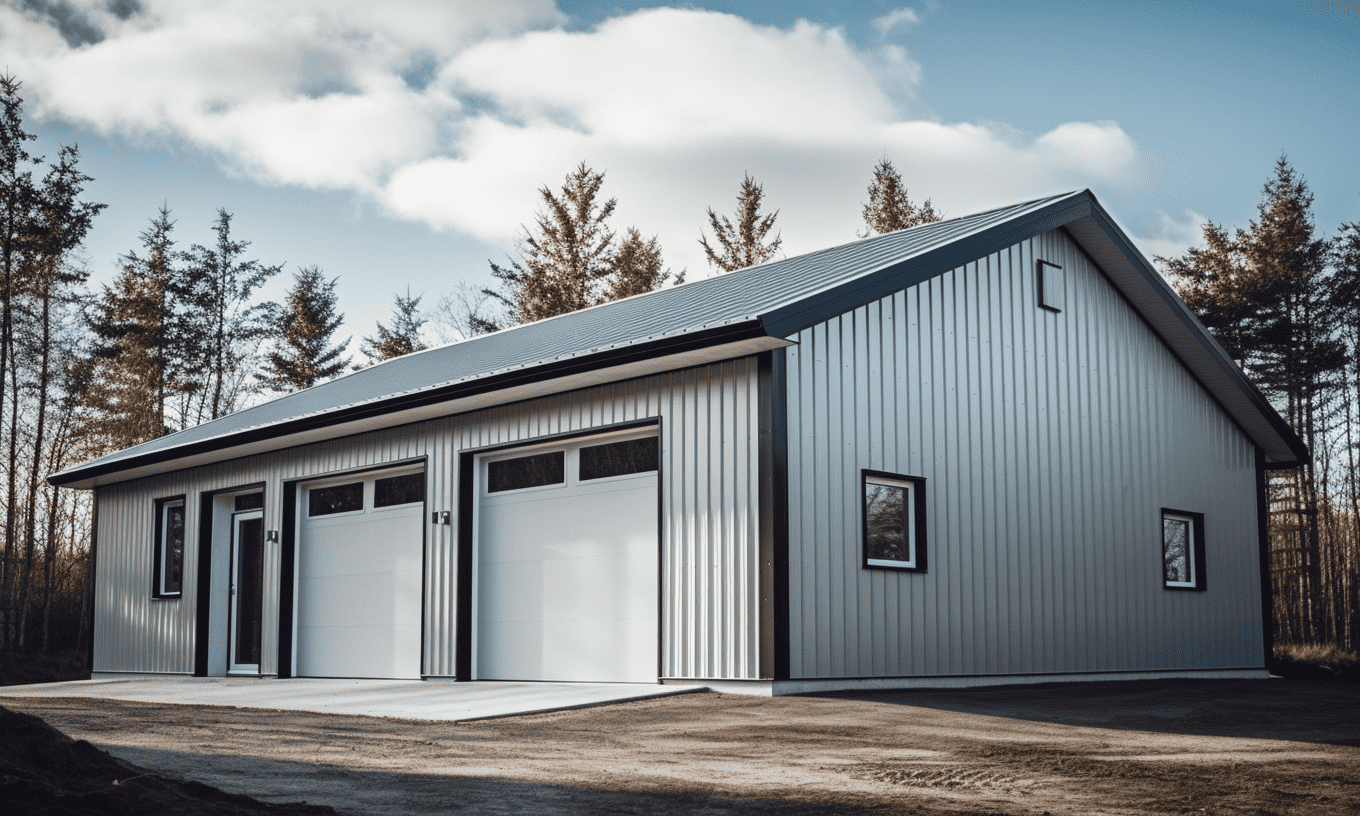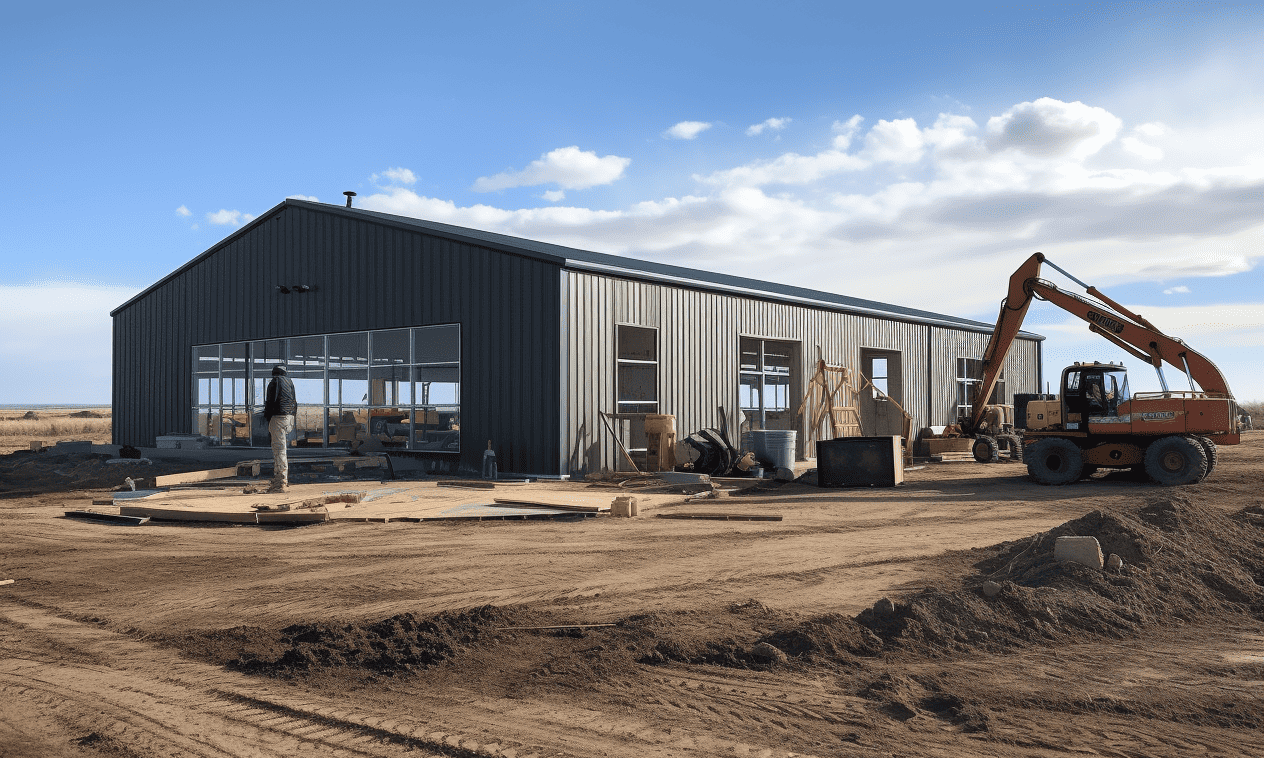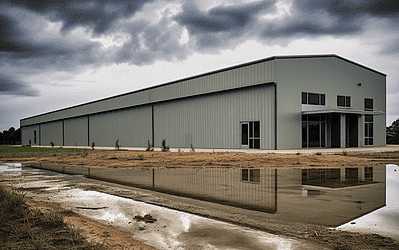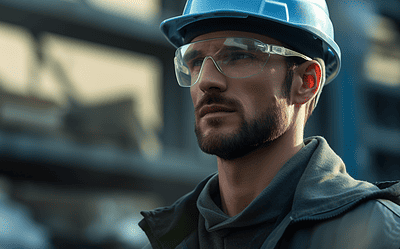The foundation is, quite literally, the bedrock of any structure. Whether you’re building a humble garden shed or a sprawling skyscraper, the principles remain the same: stability starts from the ground up. In the world of steel building construction, this adage rings even truer. But why exactly is foundation design so critical? Let’s take a deep dive.
Why Foundations are the Unsung Heroes of Construction
Think of a foundation as the roots of a tree. They anchor the tree to the ground, drawing nutrients and ensuring it can withstand gusty winds or a sudden storm. Similarly, a well-designed foundation anchors a building, giving it the stability to stand tall and proud, especially in the face of nature’s unpredictable moods.
And speaking of nature, did you know that the construction industry has been making significant strides in Green Practices? A strong foundation, quite literally, lays the groundwork for sustainable building practices. From using eco-friendly materials to ensuring minimal environmental disruption, the foundation’s design plays a pivotal role in the green construction movement.

The Crucial Elements of Foundation Design in Steel Buildings
When one delves into the nitty-gritty of foundation design, a few elements emerge as non-negotiables. For steel buildings, these become even more pronounced:
-
Depth: Ever wondered why skyscrapers don’t just topple over? The answer lies beneath, deep in the ground. The depth of a foundation, especially for tall steel structures, ensures that the building’s weight is evenly distributed, offering stability and reducing the risk of tilting.
-
Material: Just as you wouldn’t plant a tree in sand and expect it to flourish, you wouldn’t build a steel structure on a weak foundation. The right materials, ones that can withstand the weight and pressure of a steel building, are crucial. Plus, using materials that lean into weather-resistant design ensures longevity, even in harsh climatic conditions.
-
Drainage: Water, while essential for life, can be a foundation’s worst enemy. Proper drainage systems prevent water accumulation, which can erode or weaken the base over time.
-
Flexibility: Surprised to see this on the list? While rigidity is essential, a good foundation also needs a touch of flexibility. This ensures that the building can slightly sway during, say, an earthquake, rather than cracking under pressure.

The Link Between Steel Buildings and their Foundations
We’ve established that a strong foundation is crucial. But let’s loop back to our primary focus: steel buildings. These structures are becoming increasingly popular, not just for their sleek aesthetics but also for their resilience and longevity.
Dipping into our steel buildings tips category, one will quickly realize that the synergy between the foundation and the steel structure is undeniable. A harmonious blend of the two ensures a building that’s not just strong, but also sustainable and adaptable to the whims of Mother Nature.
Foundations might be out of sight, but they should never be out of mind. Think of them as the unsung heroes of construction, quietly doing their job day in and day out. Whether you’re looking at green practices, weather-resistant strategies, or simply ensuring a stable steel structure, remember: a strong foundation doesn’t just support a building; it elevates it.
Ever considered how the world beneath our feet impacts the sky-high structures we see daily? Next time you walk by a steel building, give a nod to the ground below. It’s doing more work than you might think.





